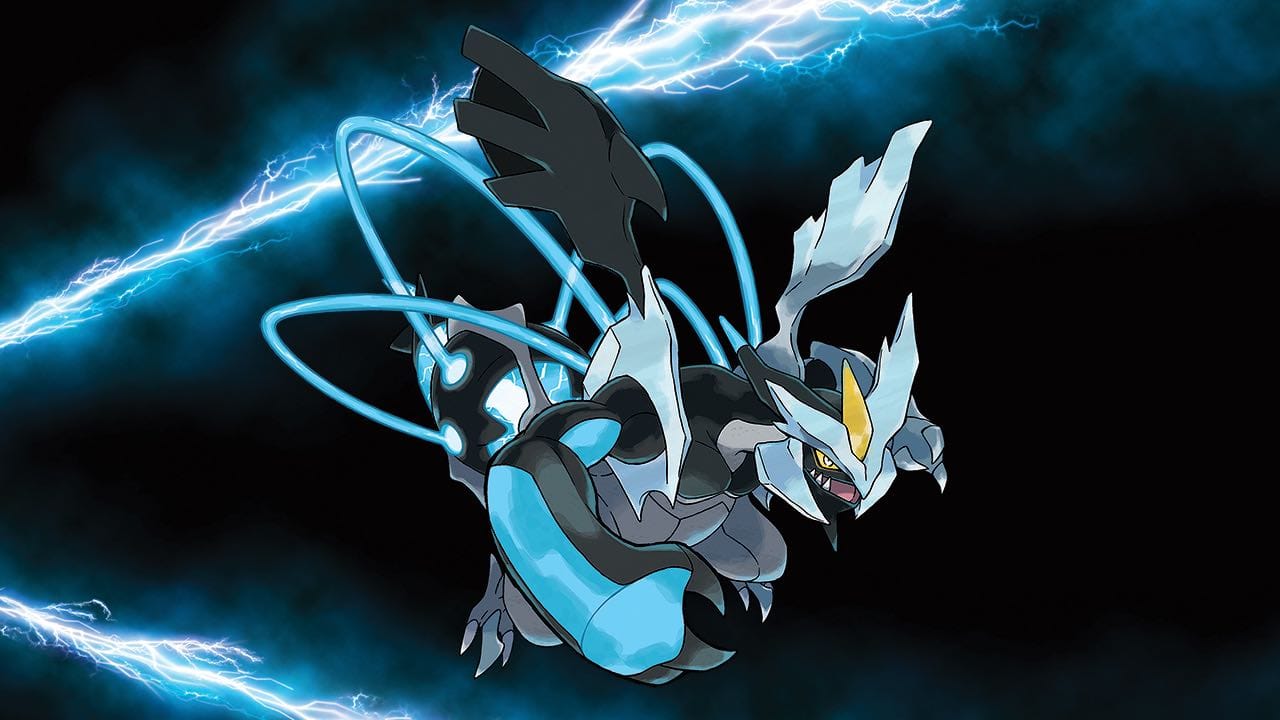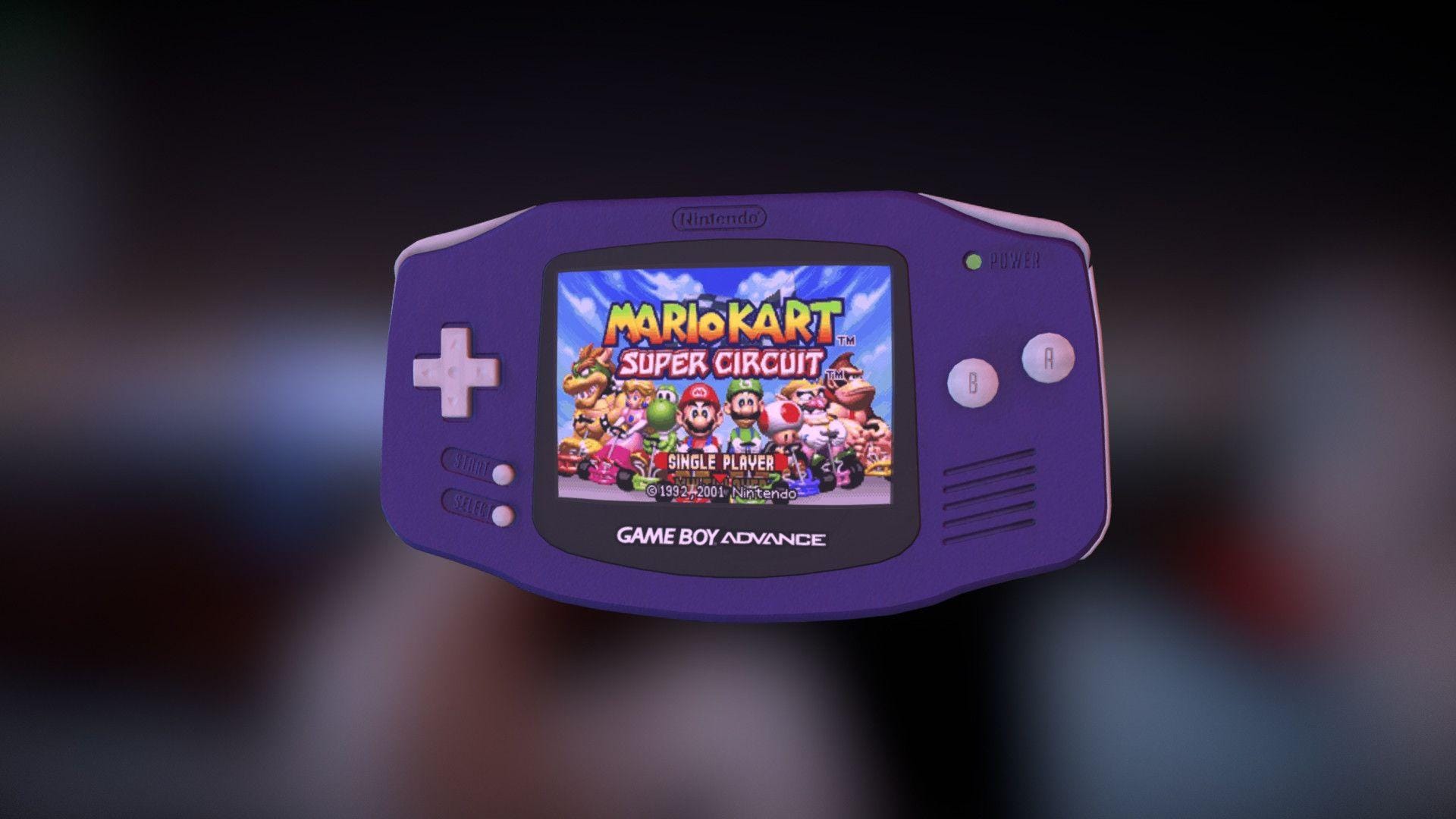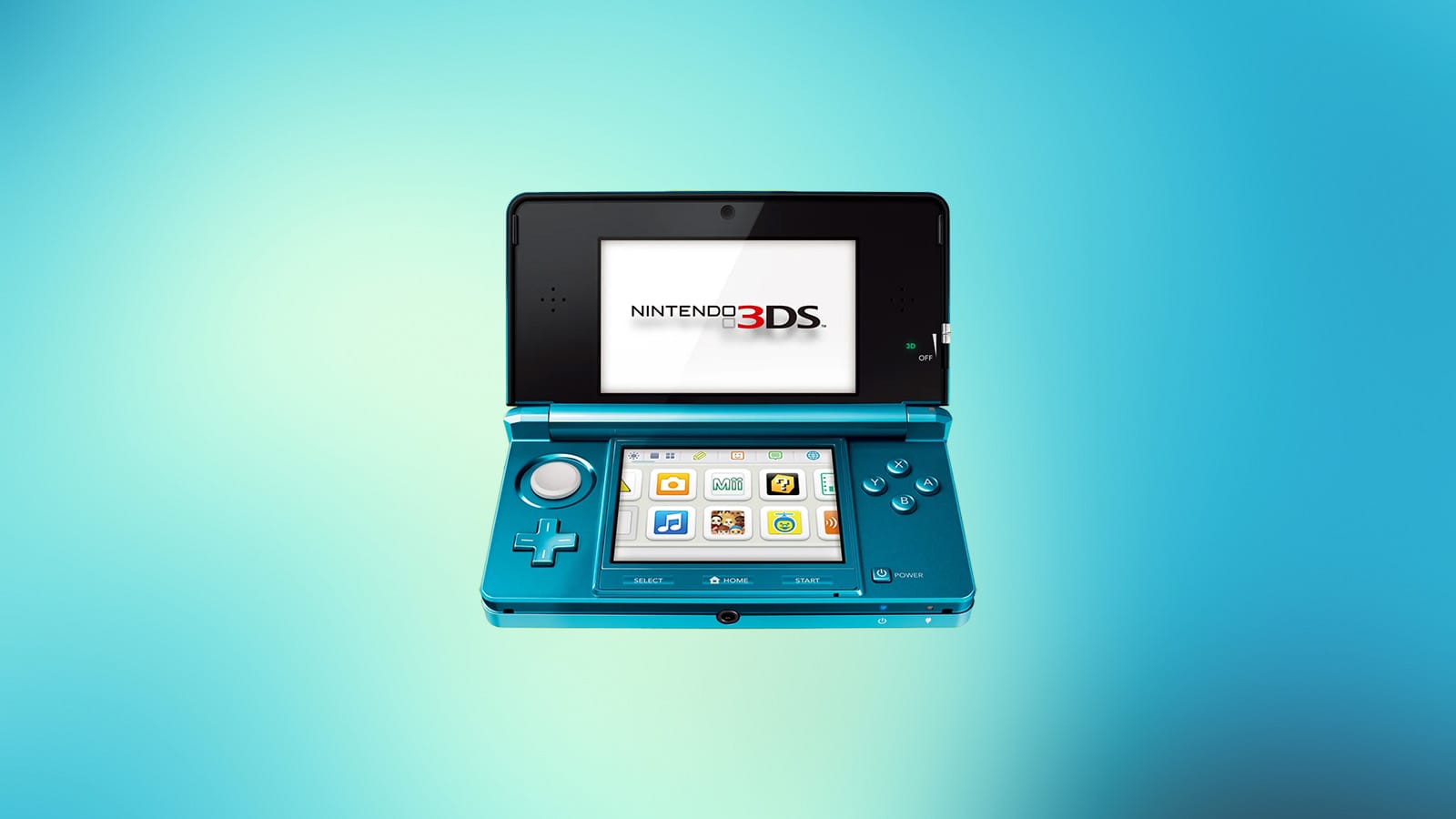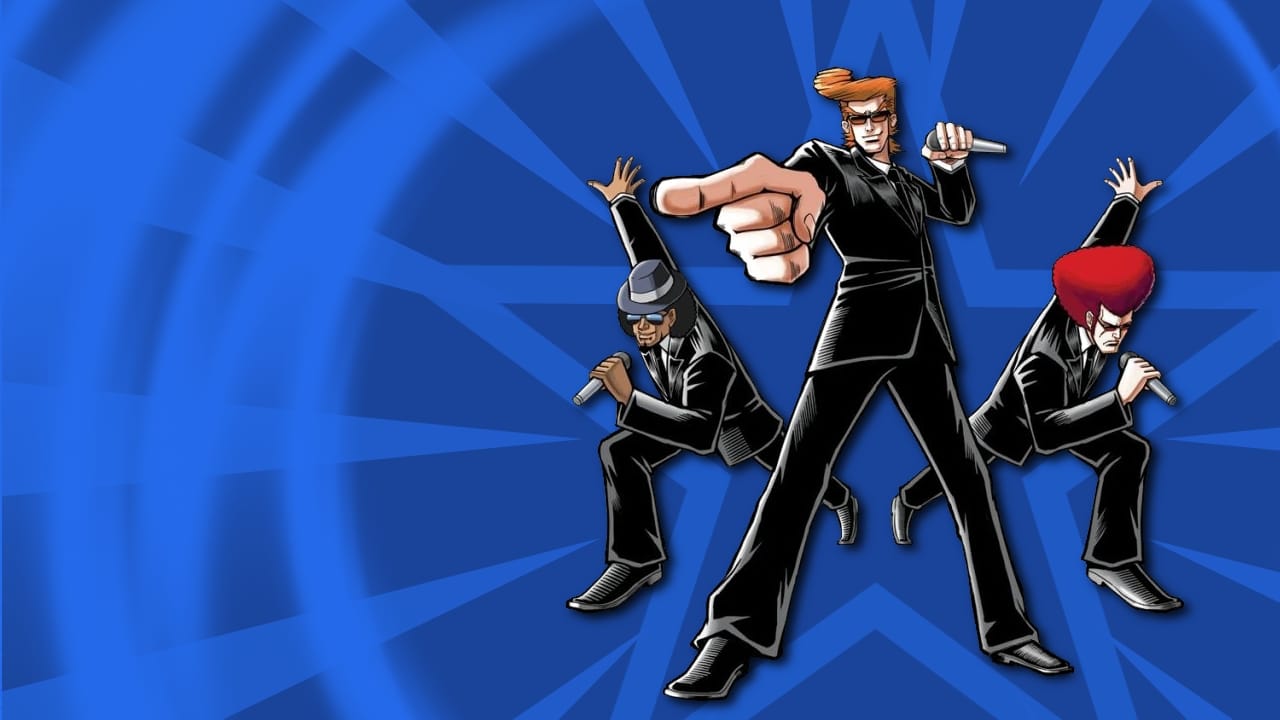In the world of Pokémon, sequels are a rarity. We’re used to enhanced versions (Crystal, Emerald, Platinum) — but Black & White 2 dared to go further, offering a true follow-up set two years after the original Black & White. So, does it feel like a bold return to Unova… or just a familiar remix with a new coat of paint?
Picking Up the Pokéball Again
When Pokémon Black & White Version 2 was announced, fans were genuinely surprised. For the first time in the franchise’s mainline history, Game Freak wasn’t delivering the usual third version (like Emerald or Platinum), but a direct sequel — a bold move that raised expectations sky-high. A return to the Unova region sounded exciting, especially with the promise of a new storyline, fresh areas, and a deeper dive into the lore established in Black and White.
Pokémon Black & White Version 2 picks up two years after the events of the original Black & White, and while you don’t need to have played the first game to follow the story, longtime players will spot plenty of callbacks. The game doesn’t drop you back into Nuvema Town with the same character or even the same protagonist setup — instead, you begin in Aspertia City, a brand-new location west of the original map, with fresh faces and a slightly altered Unova waiting to be explored.
One of the most interesting aspects of Black & White 2’s narrative is how it reflects change in the world over time. Old Gym Leaders have stepped down. Towns have grown. Some places are more developed, others have fallen into disrepair. It’s a subtle but effective way to show progression — a world that moves on, even if your journey is just beginning.
However, where Black & White was bold in pushing narrative themes — questioning the ethics of Pokémon training and ownership — Black & White 2 is less introspective. It’s more of a traditional “rise to the top” adventure with occasional dramatic flair. That’s not to say the story is bad — it’s just not as thematically ambitious as its predecessor.
Still, for returning fans, there’s something satisfying about revisiting Unova and seeing how it has evolved. With the Memory Link feature, players who have a save file from the original games can unlock additional cutscenes and references, deepening the emotional payoff. But even without it, Black 2 manages to feel like a natural continuation — not quite essential, but certainly nostalgic.
The Unova Region Reimagined
Returning to Unova in Black & White 2 feels a bit like visiting your hometown after a couple of years away — familiar landmarks remain, but things have shifted just enough to make you stop and take a second look. The game doesn’t offer an entirely new map, but instead retools the existing one, unlocking new areas and subtly reshaping the journey to give it a fresh twist.
Right from the beginning, Black/White 2 sets itself apart by starting you in Aspertia City, a previously unseen location on the southwestern edge of the map. It’s the first time a mainline Pokémon game begins with a proper city — complete with a Gym — and it signals that this isn’t just a recycled adventure. New routes connect towns in different ways, areas that were once late-game are now accessible early, and vice versa.
Some of the best surprises come from how existing towns and routes evolve. Virbank City is a grungy little port town with its own Pokémon-infused film studio. Driftveil feels more industrial. And places like the formerly bustling Cold Storage have been decommissioned, their importance replaced by other locales. It’s world-building through environmental change — small, smart touches that suggest time has passed and life has moved on.
The addition of new characters, such as your energetic rival Hugh and a fresh supporting cast, helps breathe life into this updated Unova. There’s also a more diverse early-game experience, with varied wild Pokémon, unique NPC encounters, and redesigned layouts that keep the first few hours feeling engaging — especially for those who already explored the region in the previous games.
Still, for all its updates, this is fundamentally the same Unova at its core. If you were hoping for an entirely new setting or a dramatically restructured world map, you might walk away underwhelmed. The reimagined design is clever, but it’s more of a remix than a reinvention. Whether that’s “enough” depends on your appetite for nostalgia vs. novelty — and how much you love the original Unova blueprint.
Catch ‘Em Early, Catch ‘Em Strong
One of Black/White Version 2’s most refreshing changes — and arguably its biggest quality-of-life improvement — is how generous it is with strong Pokémon right from the jump. Unlike many earlier entries where you’re stuck with weak bugs, birds, and rodents until well into the mid-game, Black 2 hands you viable team options practically out of the gate.
Within the first few routes, you can catch powerhouses like Riolu (a Fighting-type with great late-game potential), Magnemite (Steel/Electric is always useful), and even Growlithe or Mareep depending on your version. That kind of early access fundamentally shifts how you build your team — you’re not just making do with filler ‘mons until better ones appear, you’re assembling a real squad.
This early flexibility gives the game a more modern feel. It caters to players who like to experiment with team composition, type synergy, and strategy from the outset. You’re not constantly backtracking to swap in better Pokémon — you start with good options, and that makes the pacing of the first half of the game feel smoother and more rewarding.
It also makes progression feel more empowering. Gym Leaders don’t feel like brick walls because you’re walking in with an underpowered team — you’ve got the tools to counter them if you’re paying attention. And for returning players who already know the ropes, it opens up a much more engaging way to play: you can build around your favorites early and stick with them.
However, this advantage does taper off later in the game, especially once you hit the notorious endgame grind (more on that soon). But in terms of first impressions and early momentum, Black 2 absolutely nails it. Giving players strong Pokémon early isn’t just a nice touch — it’s a game-changer.
Visuals & Audio
For a game released in the twilight years of the Nintendo DS, Pokémon Black & White Version 2 still manages to impress — not because it reinvents the visual wheel, but because it knows how to squeeze every drop of charm from the hardware. It’s polished, vibrant, and full of personality, even if it doesn’t push the series forward visually in any radical way.
Unova’s aesthetic continues to blend modern urban environments with classic Pokémon countryside charm. From the industrial edge of Virbank City to the serene bridges and natural beauty of Route 20, every location feels crafted with care. The environments may be tile-based and limited in scale, but smart use of perspective and animation — like the dramatic camera pans in places like Castelia City — add a sense of cinematic flair that was rare for DS games at the time.
The sprite work is especially worth celebrating. Pokémon animations, introduced in the original Black & White, return here and still look great. Battles feel more dynamic thanks to idle movements and attack animations, which help inject a sense of life and momentum into every encounter. It’s a small touch by modern standards, but back then, it was a big deal — and it still holds up surprisingly well.
On the audio side, Black/White 2 delivers one of the most eclectic and energetic soundtracks in the series. Each route, town, and battle theme carries its own distinct mood — from the electric buzz of Gym Leader themes to the beautifully mellow tones of towns like Lentimas and Humilau. Special shoutout to the Pokémon World Tournament and Champion Iris battle themes — absolute bangers that turn key moments into pulse-pounding showdowns.
While the game doesn’t offer any wild upgrades over its predecessor, it refines what was already an audiovisual high point for the franchise. If you’re coming from earlier DS titles or even Gen III, you’ll notice just how far Game Freak pushed the DS hardware by this point. It’s not flashy in the way modern games are, but there’s an undeniable charm in how Black & White 2 presents itself — crisp, confident, and just nostalgic enough to stick with you.
Gym Battles & Boss Fights
Pokémon Black & White Version 2 sticks closely to the tried-and-true Gym battle formula — eight badges, escalating difficulty, and a final showdown with the Elite Four. It’s a structure we’ve all come to expect, and while it’s executed well here, don’t expect many surprises along the way.
The Gym Leaders are a mix of returning faces and newcomers, and while they each bring their own personality and flair, the actual battles lean more traditional than tactical. Early Gyms, in particular, are quite manageable — especially since you can catch strong, type-advantaged Pokémon so early on. Cheren, your first Gym Leader, sets the tone with a relatively straightforward Normal-type team that won’t test experienced players too hard.
As you progress, the challenge ramps up incrementally, but outside of a few standout fights (like Elesa’s Electric-types, now with a flashy new Gym setup), most battles feel familiar. They’re well-structured and fair, but they rarely catch you off guard — especially if you’ve been building a balanced team from the start.
Team Plasma’s boss encounters also feel more in line with classic villain battles rather than the moral complexity explored in the first Black & White. Ghetsis returns as the big bad, and while he brings intensity and one or two memorable moments (like that eerie battle theme and his Hydreigon), his presence is more cartoonish villain than ideological threat this time around.
Even the Elite Four follows a by-the-numbers approach — same lineup, same structure, just with updated teams. It’s polished and challenging, but it doesn’t reinvent the wheel. The real kicker, though, is what happens after the Elite Four, when you face Champion Iris and hit one of the game’s biggest difficulty spikes — but more on that in the next section.
Grinding Gears: The Endgame Wall
Here’s where Pokémon Black & White Version 2 hits a serious snag — and for many players, it’s where the experience goes from smooth sailing to outright frustrating. After a well-paced journey through Unova, you suddenly slam into a difficulty wall right at the finish line: Champion Iris.
Iris’s team doesn’t just present a challenge — it’s a full-on spike in difficulty that feels wildly disproportionate to everything leading up to it. She comes armed with a stacked lineup, that can wipe teams if you’re not heavily prepared. The problem? The game doesn’t adequately prepare you for this jump, nor does it give you easy access to the kind of Pokémon you need to counter it effectively until you’re already deep into the final stretch.
Many of the strongest counters aren’t readily available unless you backtrack and grind. And grind you must. Unless you’ve over-leveled your team or happened to build the perfect counter comp (unlikely without guides), you’ll need to spend hours training just to stand a chance. This isn’t the kind of satisfying, strategic challenge that Pokémon battles are known for — it’s raw stat-checking.
The worst part is how abrupt it all feels. The Gyms and Elite Four prepare you for a steady, balanced climb — then Iris shows up and blows that curve out of the water. For seasoned players, it might be a spicy finale. But for anyone coming in casually or without the perfect lineup, it’s a brick wall that demands patience, repetition, and hours of wild Pokémon grinding just to keep up.
It’s especially frustrating because the rest of the game sets such a generous tone — handing out strong Pokémon early, letting you build flexible teams, and generally respecting your time. But once you hit the League, all that goodwill feels compromised by this sudden spike in difficulty with little warning and minimal support.
A More Traditional Take
Where Pokémon Black & White took some bold swings — like introducing a regional Pokédex filled exclusively with brand-new Pokémon and delivering a surprisingly thoughtful storyline — Black/White Version 2 steps back into more familiar territory. It’s not a reinvention; it’s a refinement. And depending on your perspective, that’s either a comforting return to form or a missed opportunity.
From the start, Black & White 2 brings back older Pokémon alongside the Gen V roster, which immediately sets a different tone. You’re no longer restricted to discovering new creatures — you can catch fan favorites like Growlithe, Riolu, and Mareep within the first few routes. For veteran players, that’s a treat. For newcomers who appreciated the all-new vibe of the original Black & White, it might feel like the game is hedging its bets.
This more traditional approach extends to pacing and structure. The gym progression, rival battles, and story beats follow a familiar rhythm, with fewer detours or disruptions. There’s no major narrative twist halfway through the game, and while Team Plasma returns, their role feels more like the classic “villainous team” archetype rather than the morally gray rebels we saw before.
That’s not to say Black/White 2 is devoid of fresh ideas — the expanded map, new characters, and features like PokéStar Studios and the Pokémon World Tournament add some flavor — but the game never tries to challenge what a Pokémon game is the way its predecessor did.
Ultimately, Black & White 2 feels like it’s made for players who wanted something more familiar after the bold experimentation of Black & White. It’s polished, well-paced, and full of content — but it rarely surprises. It’s a back-to-basics sequel that plays it safe, for better or worse.
Final Thoughts
Pokémon Black & White Version 2 is a fascinating contradiction. It’s a game bursting with content, packed with quality-of-life upgrades, generous with early-game Pokémon, and polished to a high DS-era shine. But for all its ambition, Black/White 2 plays things safer than expected. And then there’s the grind. For all the great pacing early on, the endgame hits like a truck.
None of this is to say Black & White 2 is a bad game — far from it. But if you’re a first-time Trainer, go with HeartGold/SoulSilver or the original Black/White — they’re more balanced, more welcoming, and frankly, better designed for onboarding. Black & White 2 is more of a firm nod — rewarding if you know the dance, but a bit overwhelming if you don’t.
Verdict
Pokémon: Black & White Version 2
Decent (Add a extra point if you’re a die-hard Pokémon fan)







